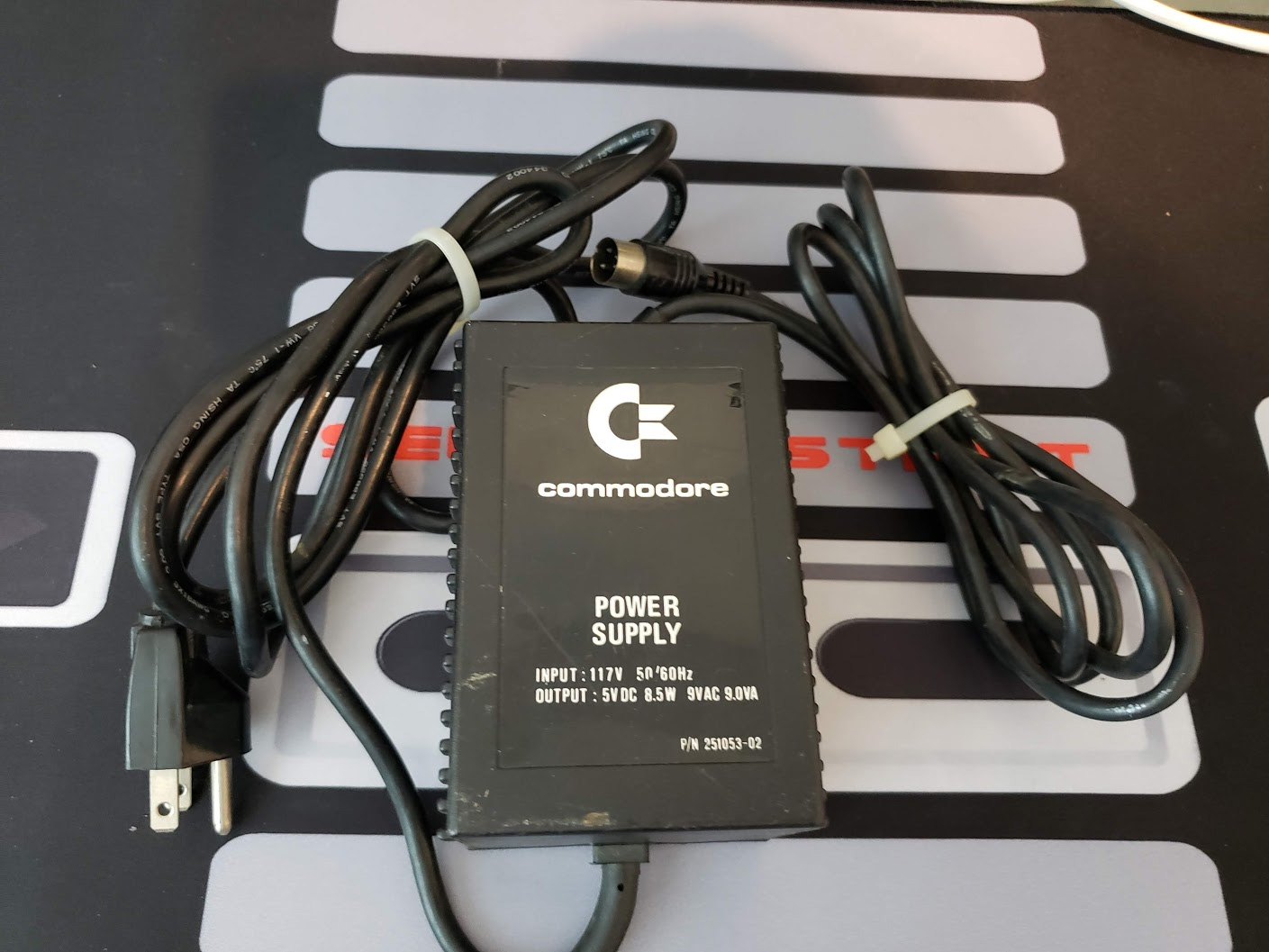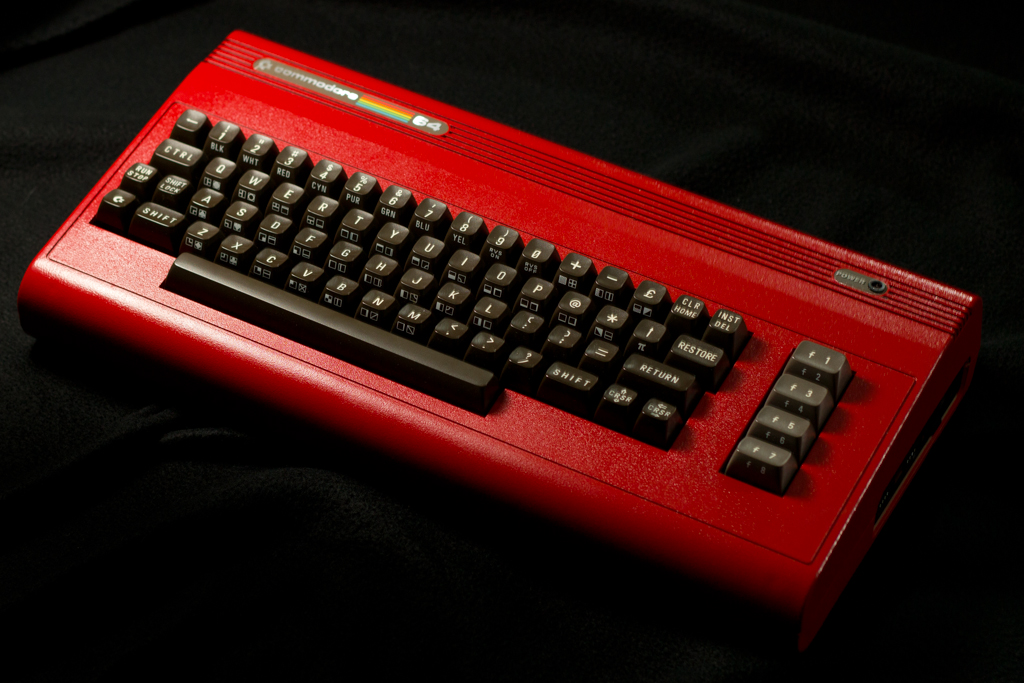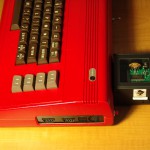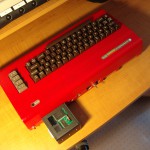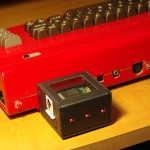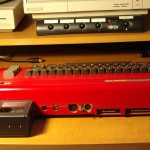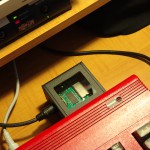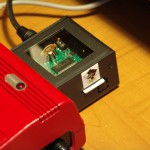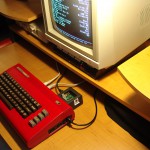A couple of years ago I put a LumaFix64 into my PAL C64 and I was quite happy with the results, using a Sony PVM CRT monitor. You can read about that here. It does a good job of virtually eliminating those “jailbars” from the VIC-II output.
But lately, I am not using CRT displays any more, mainly because I just don’t want to devote the real estate to keeping them out. Instead, I’ve been using a RetroTINK 2X-Pro to scale the s-video (via Commodore4Ever AV Breakout) output from my C64s to HDMI.
I decided to add a LumaFIX to one of my NTSC units and do some actual comparisons. I already knew I was happy with what it does for the picture quality on a CRT monitor, but is it worthwhile when using an HD display through a RetroTINK? Here’s the video:
Note: it may be hard to see the jailbar effect clearly if you’re not viewing the 1080p stream.


